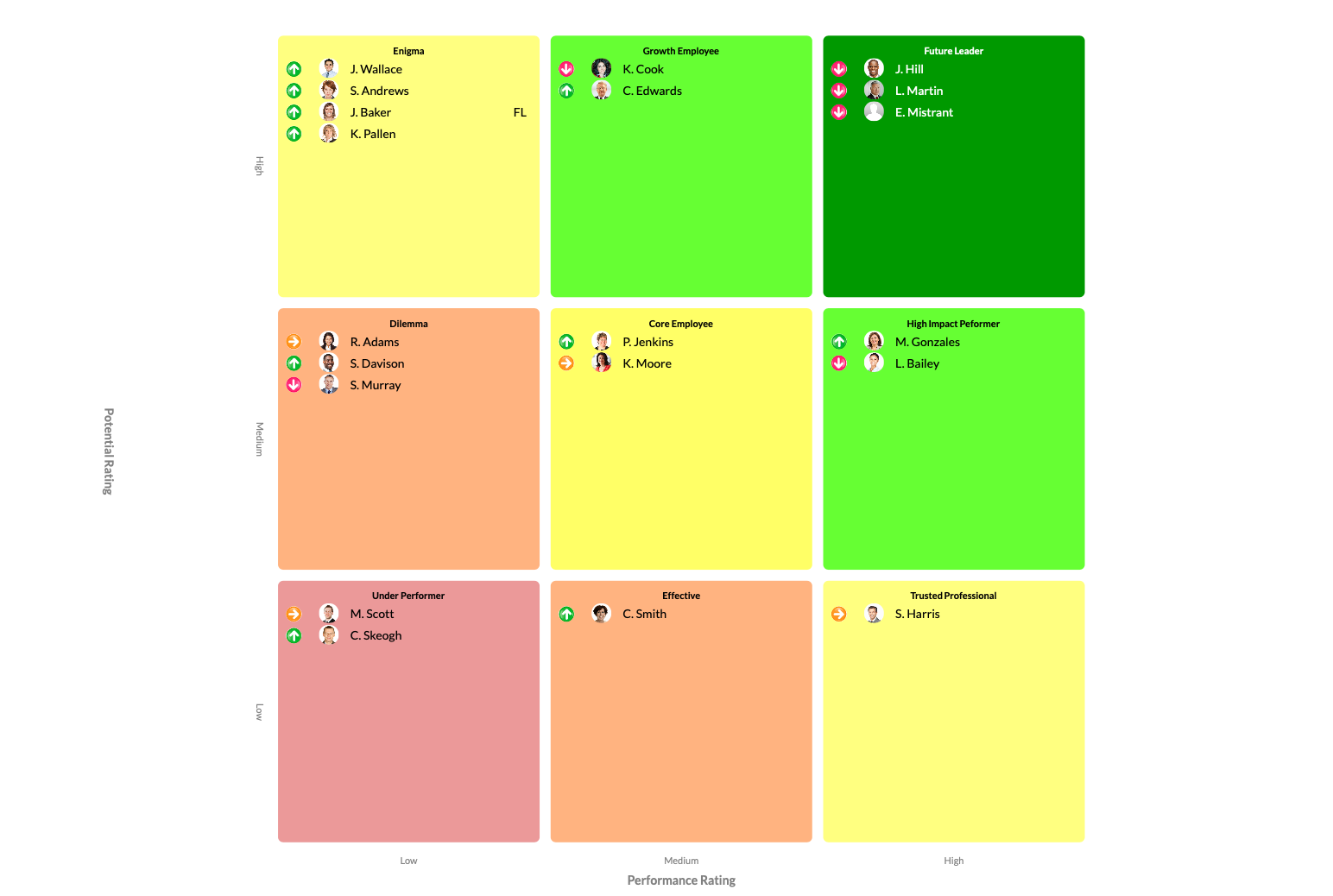New Resource: A Practical RAG Maturity Tool Shaped by the Blue Light User Group
At Head Light, we’re committed to ensuring that learning from the Blue Light sector is not just disc...
 The 9 Box Grid – or the Performance/Potential Grid as it is sometimes known – is a highly useful tool used in succession planning.
The 9 Box Grid – or the Performance/Potential Grid as it is sometimes known – is a highly useful tool used in succession planning.
It enables you to plot all those in the talent pool in one place based on their current potential and performance.
The 9 Box Grid is, however, one of those 'hidden gems' that it seems not everyone involved in succession planning takes advantage of. And this is probably because, in the past, it's had to be compiled manually, usually drawing together information from different sources. It is though one of the main features of succession planning. For most, deploying an online succession planning tool, makes the creation of this chart straightforward.
What is a Nine Box Grid?
It gets its name from its typical 3 x 3 cell layout – although it can be any number of cells along the x and y axis. Performance is plotted along the x axis and Potential along the y axis. The cells can be thought of a Low, Medium and High.
Those with Low Performance and Low Potential are placed with the Low/Low cell. Clearly the top talent is placed in the High / High cell (the top right of the 9 box grid). Visual, clean and simple, you can see at a glance who lies in which cell.

Some organisations also use Talent Categories.
A Talent Category is a short name that describes the performance/potential combination or the intended designation of a person from a talent perspective. An example of a group of Talent Categories are those developed by McKinsey for GE (the GE-McKinsey 9 Box Matrix):
The 9 Box Grid has been created, the positioning of each individual in the talent pool is then mapped on the grid. Their positioning is then often debated in the talent review meeting and may be altered through a process of peer challenging and moderation. We've found it to offer structure to the discussion and also provides a good visual summary.
Of course, the usefulness of the approach of a 9 Box succession planning model is dependent on a number of things:
Without a doubt, in some organisations, the Grid is an underused tool in succession planning - but it can play a crucial role. Take a look at cloud-based succession plan software that is available that generates the Grids for you - plotting each individual based on their Performance and Potential.
Take a look at how these 9 Box succession planning tools fit within the entire succession planning framework.
If you want to learn more about how to get started with succession planning or to better understand succession planning best practices, request our eBook – The Ultimate Guide to Succession Planning. It offers further guidance on how to build an effective succession planning process into your organisation.
When you're ready to take a look at some succession planning examples, then do get in touch.
At Head Light, we’re committed to ensuring that learning from the Blue Light sector is not just disc...
As we approach 2026, we’re seeing several emerging and evolving priorities shaping how organisations...
Back in January, the College of Policing announced its National Talent Development Strategy (NTDS) t...